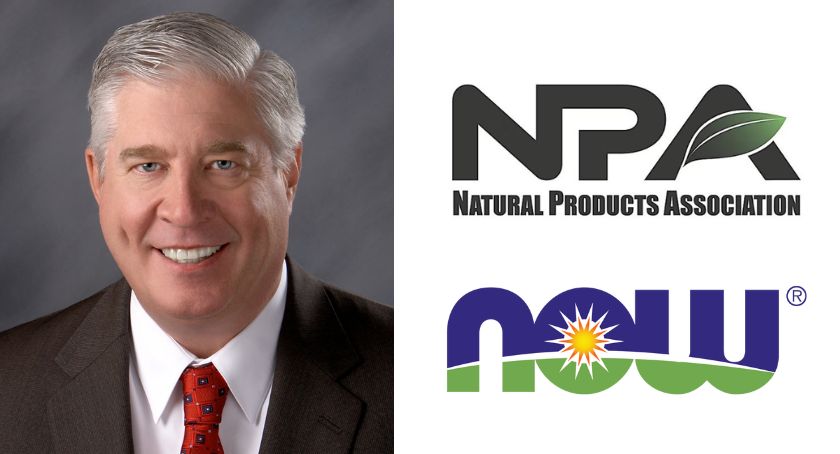Market Updates, Regulations
FDA Publishes Blueprint for New Era of Food Safety
The policy initiative, which was announced in 2019, will leverage new technology to improve food safety practices.

By: Mike Montemarano

Back in 2019, the U.S. Food and Drug Administration announced that it would be implementing a new initiative aimed at modernizing its approach to food safety using a range of technologies, analytics, business models, and a number of new principles.
The blueprint outlines the approach that the FDA will take over the next decade, building upon previous work performed in the implementation of the Food Safety Modernization Act (FSMA), which established a range of science- and risk-based consumer protections surrounding foods, beverages, and dietary supplements.
“What is the new era of food safety? Well, it’s a new approach, a mindset, one that leverages new and emerging technologies, among other things, to keep pace with the changing world around us,” Frank Yiannas, FDA deputy commissioner for Food Policy and Response, said. “In March of this year, we were literally days away from announcing the release of the New Era of Smarter Food Safety blueprint when our focus – rightfully so – had to turn to the COVID pandemic. So, we put this on hold, but over the past few months it has become clear that the actions we were planning to take then and how we approach food safety and security of the food supply are not just important in the normal course of events but also in times of crisis.”
The blueprint, which has included input from over 100 experts within the agency, is centered around four core elements. Those are tech-enabled traceability, smarter tools and approaches for prevention and outbreak response, new business models and retail modernization, and food safety culture. Essentially, the agency intends to leverage new technologies for traceability and predictive analytics that have come online since the passage of the Food Safety Modernization Act, in order to better track outbreaks of all kinds to a root cause, enable all stakeholders and consumers to engage with data and avoid the consumption of harmful products, and facilitate safer and speedier access to market for new ingredients and production methods.
“These elements, working together, will help create a safer and more digital, traceable food system,” FDA said in a statement.
Tech-enabled Traceability
FDA reports that, currently, most records pertaining to the tracing of food supplies are paper-based, and there is much to improve on this front.
“As seen with outbreaks in fresh leafy greens and other foods over the past decade, anonymity and a lack of traceability in the food system are an Achilles heel that hinders more significant progress in rapid traceback efforts to identify contaminated foods,” the agency said. “Technology already assists outbreak response – whole genome sequencing allows us to identify illness clusters when they are smaller. Public health agencies increasingly rely on electronic data in outbreak investigations such as shopper card data, the bar code from a food package, supplier-customer data, purchase orders, bills of loading for shipments of goods. Yet,, the quality and comparability of this data is highly variable.”
Because of this, FDA seeks to standardize key data elements as they relate to critical tracking events, in hopes that certain models will act as low- to no-cost solutions. The agency seeks to create traceability upgrades that firms will wish to engage with on a voluntary basis, in which confidentiality and proprietary information is protected.
Smarter Tools and Approaches
FDA hopes to leverage data in such a way as to make predictive analytics, machine learning, and artificial intelligence central to a prevention-based approach to outbreaks, under the framework of prevention established by the Food Safety Modernization Act (FSMA).
FDA intends to begin working on public-private “data trusts,” for example, which would be accessible to public, private, and third-party partners without a breach of confidentiality or proprietary information. The first of such “data trusts” will be on leafy greens, the agency said.
The agency hopes to expand partnership capacity between federal and state government for rapid responses to outbreaks, complaints, and supply chain disruptions, as well as for training and lab work. The agency, would like to increase the number of labs both within and outside of its auspices that would be able to submit data to FDA’s GenomeTrakr, a pathogen identification program that centralizes all of its data publicly at the National Center for Biotechnology Information.
FDA also seeks to improve the ways in which it communicates recalls to the public. It wants consumers to receive new notifications about recalls through the web, social media, email, and text. It believes it would be possible to implement a system in which registers at food distributors lock down in response to the sale of a recalled product.
New business models
FDA reports that the infrastructure by which food gets to consumers is rapidly changing, especially in the climate of COVID-19.
“COVID-19 accelerated the advent of online grocery shopping. It was anticipated that online grocery shopping would have a 20% share of all grocery sales within the next few years, but it sits at 31% right now,” the agency said. This represents a new lineup of distributors, retailers, and food handlers who must be made aware of and trained on temperature control, cross-contamination and other safety issues.
Since some new business models, such as GrubHub and UberEats, may not be covered by the FSMA, FDA intends to place special importance on these areas.
Food Safety Culture
The FDA would like to engage in a number of industry awareness initiatives and public campaigns promoting a culture of food safety.
“We will not make dramatic improvements in reducing the burden of foodborne disease without doing more to influence and change human behavior, addressing how employees think about food safety and how they demonstrate a commitment to this goal in how they do their job,” the agency said.
In addition to creating a marketing plan to influence behavioral change throughout the food, beverage and dietary supplements industry in regard to adhering to food safety protocol, the agency hopes to discuss certain programs with influencers, including chefs and other personalities.
The agency believes it will be able to take food safety culture at any given facility into account when it comes to the frequency of risk-based inspection schedules, and would like to use tech-enabled popular mediums and tools to help consumers understand the new technologies being used in food safety.
“In putting forth the concepts in this blueprint, we’re not talking about things that can’t be done,” FDA said. “We’re talking about doing our work differently.”




















